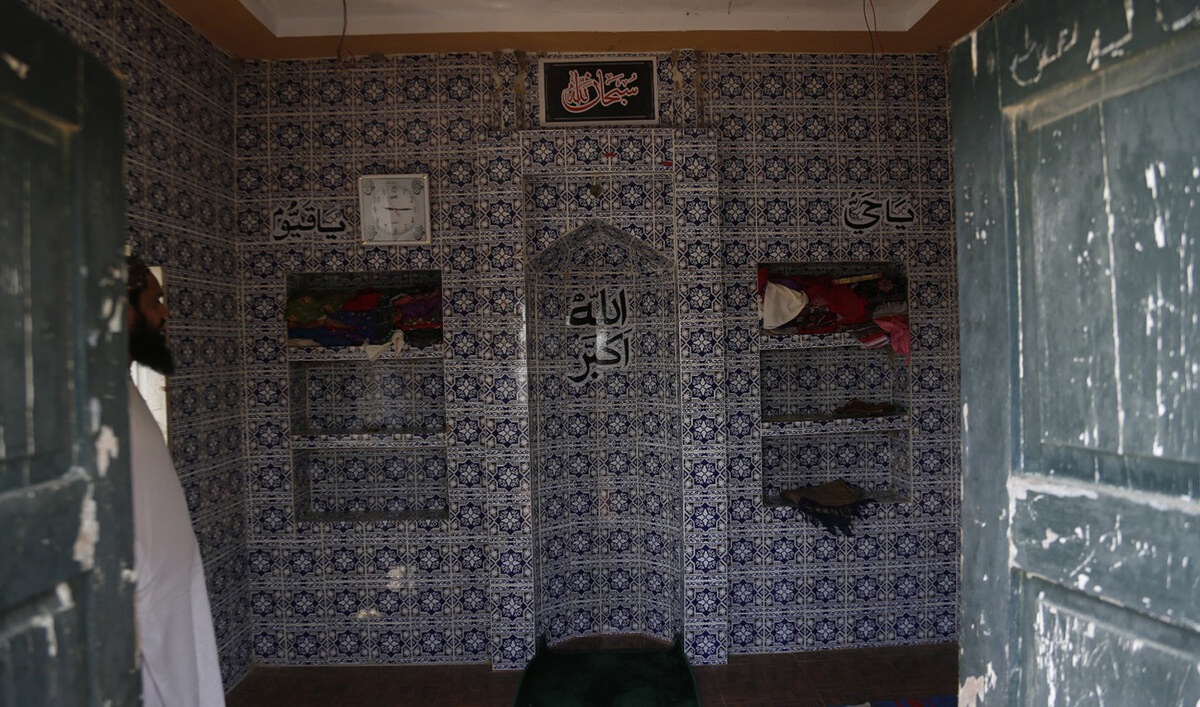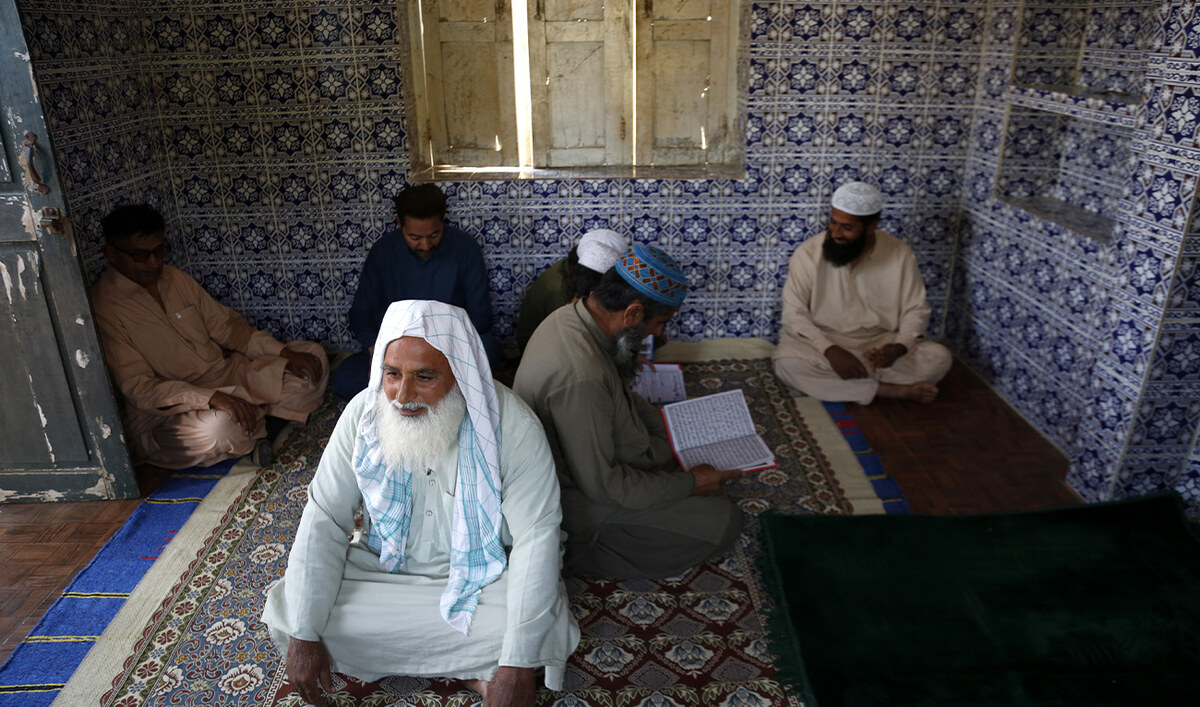ISLAMABAD: Toyota will invest over $100 million for local production of hybrid electric vehicle (HEVs) in Pakistan, it said on Wednesday, announcing plans for localization of components, plant expansion and HEV production preparation at the Indus Motor Company, the local partner of the Japanese carmaker, plant at Karachi's Port Qasim industrial hub.
The statement came after an IMC delegation led by Vice Chairman Shinji Yanagi and Chief Executive Ali Asghar Jamali met with Prime Minister Imran Khan at his office in Islamabad. The meeting was attended by members of the cabinet and Japan's Ambassador to Pakistan Kuninori Matsuda. Toyota Asia CEO Yoichi Miyazaki attended it through a video call.
The development comes amid Pakistan’s efforts to ease its policies for new entrants in the automobile sector, aiming to bring down car prices in the country, and increase localization and exports.
Many entrants such as Hyundai, Kia, Changan, United Motors had received Greenfield status, which lets them pay lower duties on parts, under the Auto Development Policy (ADP 2016-21) that expired in June this year.
"We are excited to announce this new investment for bringing Toyota’s latest generation Hybrid Electric Technology to our customers in Pakistan," Miyazaki said, appreciating the Pakistani government's policies to encourage low-carbon mobility solutions.
"This choice will allow us to move towards carbon neutrality and electrification at scale. We believe that each kind of electrified vehicle has its role and based on our global experience we are certain that Hybrid Electric Vehicles have the greatest potential to achieve mass electrification and effectively reduce CO2 emissions at the earliest timeframe, contributing to the Prime Minister’s noble vision of a 'Clean and Green Pakistan'."
PM Khan appreciated the move and described the carmaker as the "most committed partner" for Pakistan, even in the most testing times. "We value our relationship and Toyota’s trust in Pakistan’s economy and welcome this new investment for Environment Friendly Hybrid Electric Vehicles. Indus Motor Company is a wonderful example of how global companies can grow successfully here in Pakistan."
Ambassador Matsuda said the Japanese embassy was confident that the new investment decision would take Japan-Pakistan economic ties to the next level. He called it a symbolic milestone as the two countries approach the 70th anniversary of the establishment of their diplomatic relations in 2022.
"I hope that the Japanese auto technology will play a key role to realize the new Pakistani automobile development plan," the ambassador said. "The Embassy of Japan also pledges to continue to make its maximum effort to create a supportive business environment for Japanese businesses here in Pakistan, in cooperation with the Government of Pakistan."
IMC Chief Executive Jamali said the investment announcement represented his company's strong commitment towards the community as they tangibly contribute towards making Pakistan less vulnerable to climate change.
"Toyota has multiple electrification technologies, and among those, we believe Strong Hybrids are a practical and sustainable solution for achieving mass electrification," he said. "We are thrilled to bring the most efficient 4th Generation Hybrid Electric Vehicle to our customers which will help reduce carbon footprint of our vehicles, in line with the vision of our Honorable Prime Minister, Imran Khan."
IMC, one of the main players in the Pakistani automobile industry, says its 60 part-making units produce over Rs200 million worth of car parts every working day. The company has 50 independently owned dealerships and employs over 60,000 people, directly or indirectly, across Pakistan.






















